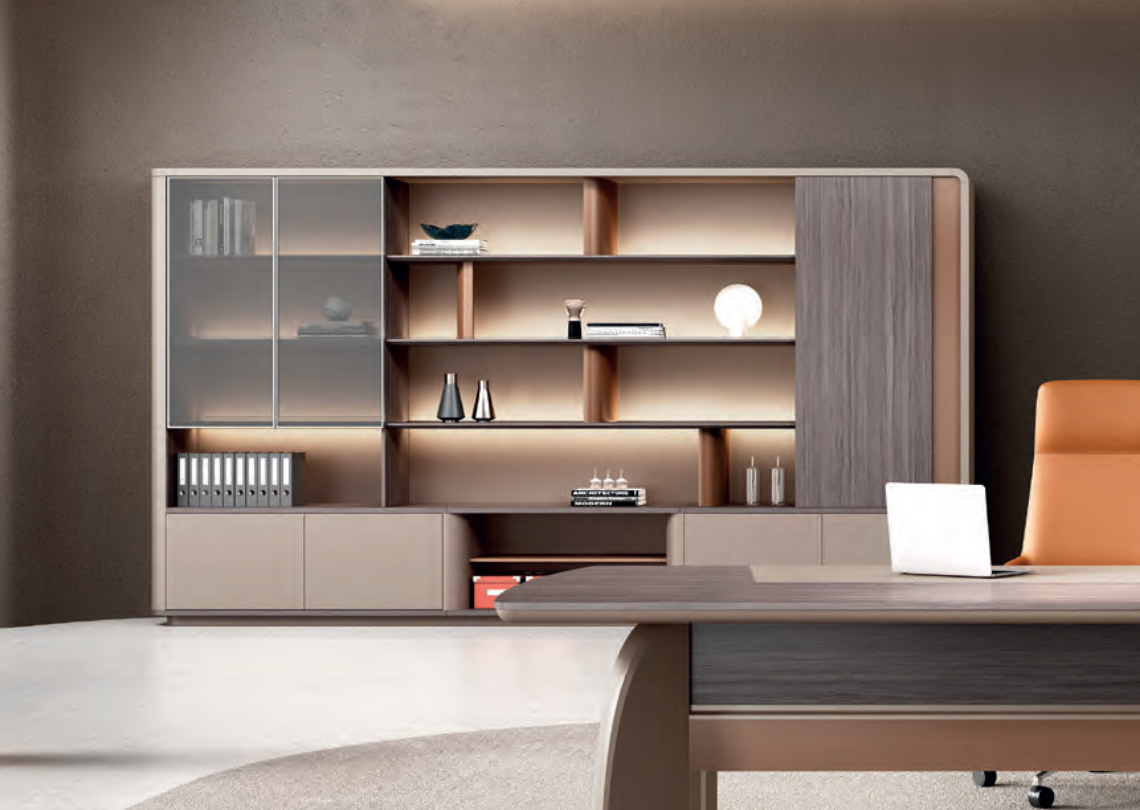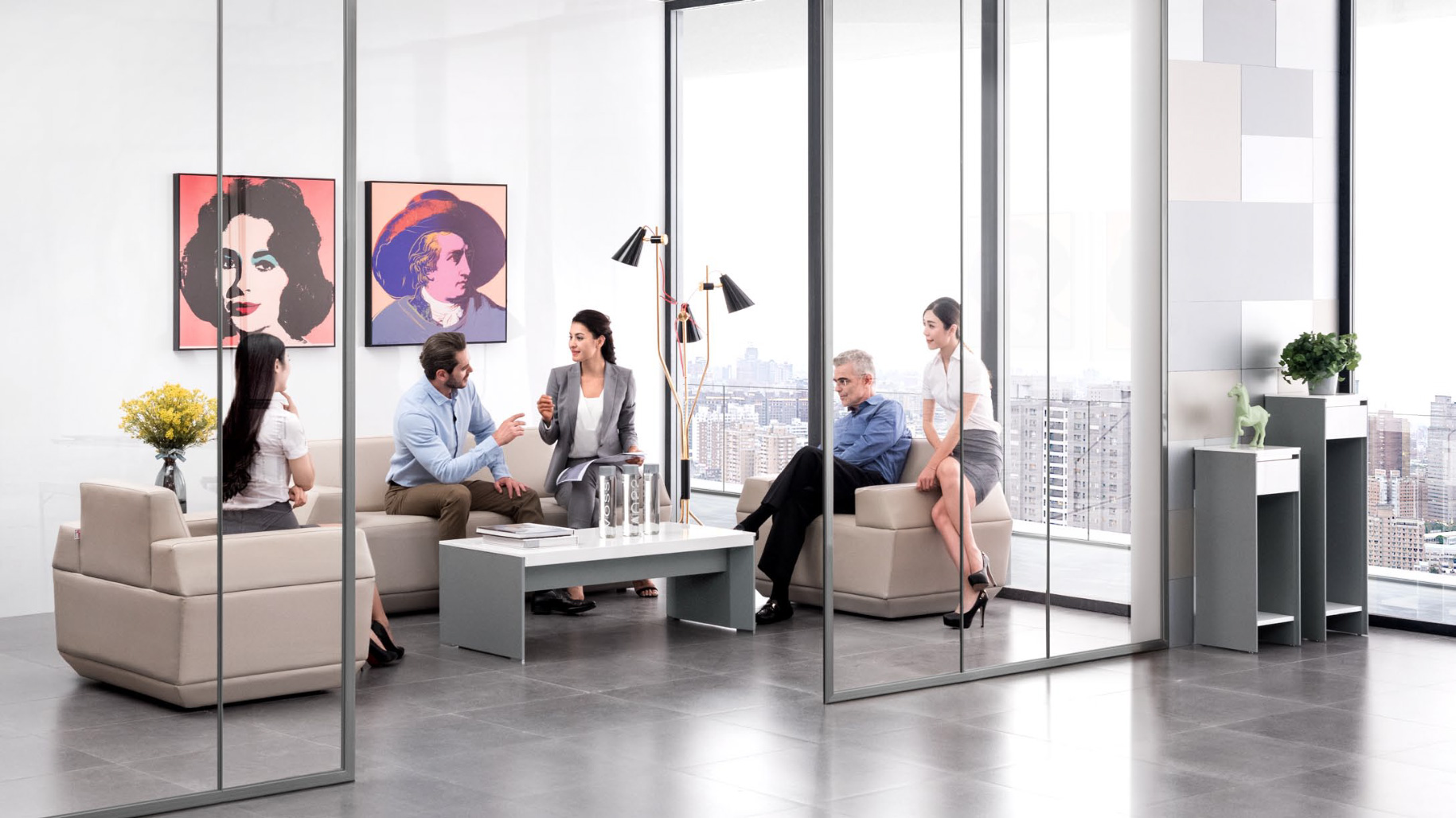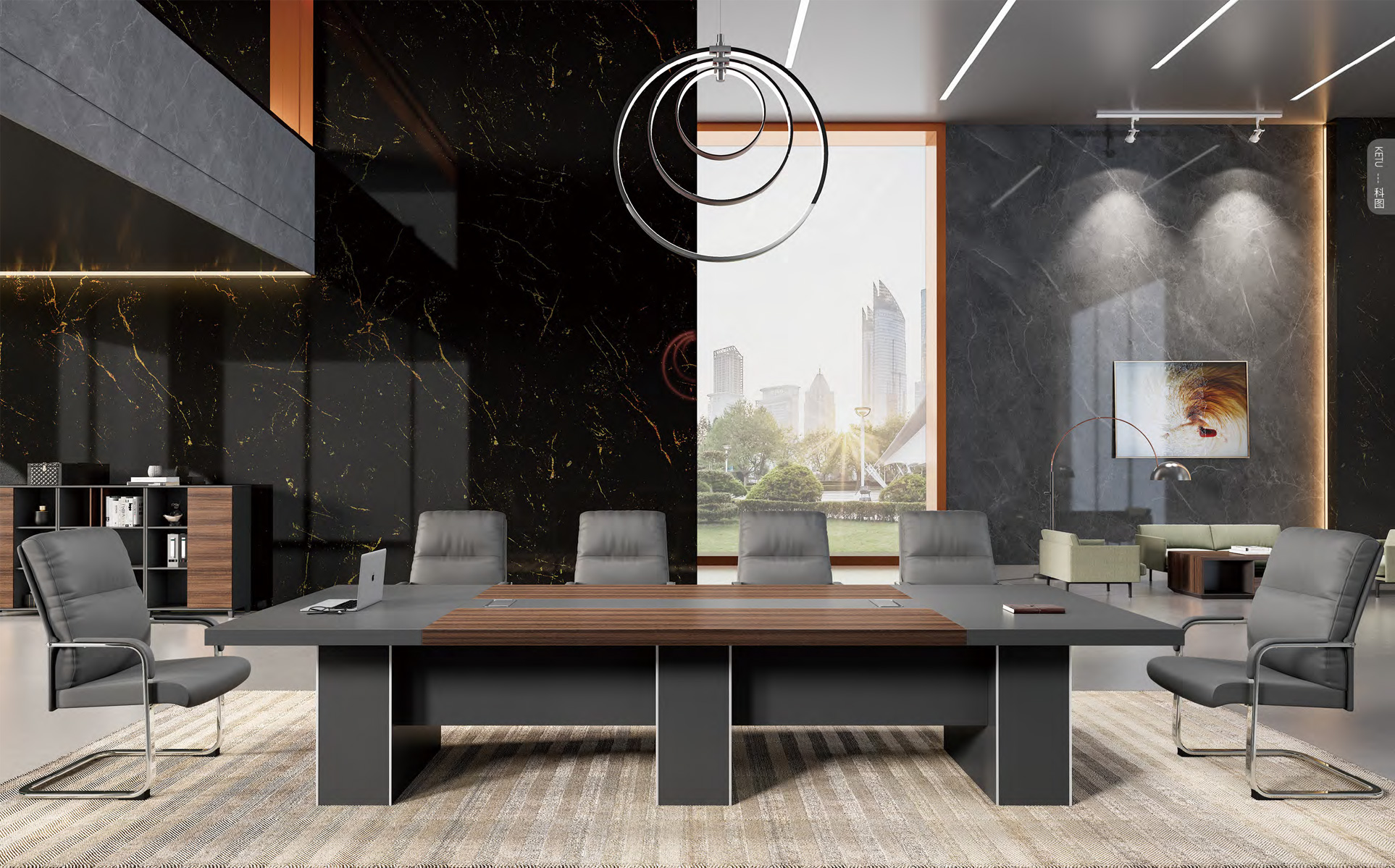The modern workplace has undergone dramatic transformation. No longer are offices simply rows of desks punctuated by occasional meeting rooms. Today, businesses recognise the importance of flexibility, collaboration, and wellbeing. Central to this evolution is the breakout space — a zone designed for informal interaction, brainstorming, or rejuvenation. And at the heart of many successful breakout spaces lies the modular lounge.
Modular lounges are more than furniture; they are tools for shaping behaviour and culture. Their versatility allows them to define areas without the need for permanent walls, offering adaptability as organisations grow and change. In essence, modular lounges act as the architecture of flexibility within the office.
The Importance of Breakout Spaces
Breakout spaces emerged as companies recognised that not all productivity happens at a desk. Casual encounters and impromptu discussions often generate ideas that formal meetings overlook. Employees also benefit from spaces that encourage rest, reducing stress and improving focus when they return to concentrated work.
A well-designed breakout space signals that the company values people, not just output. It provides the breathing room employees need to recharge. At the same time, it fosters collaboration by encouraging spontaneous connections between departments or teams that might otherwise remain siloed.
Why Modular Lounges Are Ideal for These Spaces
Unlike fixed furniture, modular lounges adapt to evolving needs. Sections can be rearranged into linear runs, L-shapes, U-shapes, or clusters. Businesses can therefore tailor their breakout spaces to match the size of the team, the style of collaboration, or even the particular project underway.
This flexibility also means that the breakout space remains relevant over time. As teams expand or workplace strategies shift, the same lounge can be reconfigured rather than replaced. This reduces waste, saves costs, and ensures continuity of aesthetic.
Creating Zones Without Walls
One of the most powerful roles modular lounges play is that of spatial definition. A cluster of lounges can delineate a breakout area within an open-plan office, creating a sense of enclosure without erecting walls. Employees naturally recognise the boundary, yet the space still feels connected to the wider office.
Low-back options allow visibility and light to flow, maintaining openness. High-back modules, by contrast, create acoustic and visual privacy, shielding conversations from distraction. By mixing these elements, businesses can fine-tune the balance between openness and separation.
Encouraging Collaboration Through Form
The shape of a modular lounge arrangement communicates how it should be used. A circular or U-shaped configuration invites group discussion. Linear arrangements, meanwhile, support quiet relaxation or one-to-one conversation. By adjusting form, companies guide behaviour without needing explicit rules.
In this way, modular lounges act as silent facilitators of collaboration. Teams feel naturally drawn to gather in arrangements that support interaction, while individuals seeking respite can retreat to quieter corners.
Materials, Textures, and Brand Identity
Just as in executive lounges, the choice of finishes matters. Modular lounges can become expressions of brand identity. Bold colours reflect creativity, while muted palettes convey calm professionalism. Fabrics can signal warmth, while leather communicates authority.
For many organisations, coordinated use of brand colours across modular seating reinforces corporate identity in subtle but powerful ways. Visitors and employees alike recognise the alignment between the furniture and the brand image, further embedding company values into daily experience.
Flexibility in Action: A Practical Example
Consider a technology firm introducing agile project methods. Teams form and dissolve rapidly, requiring different seating arrangements each week. By investing in modular lounges, the firm gains the ability to reshape breakout areas on demand. One week, the lounge may form a hub for brainstorming with an entire department. The next, it may split into smaller clusters to support focused project work.
The result is an office that evolves with its people rather than locking them into a static environment.
Wellbeing and the Human Experience
Breakout spaces are not only about work; they are also about wellbeing. Modular lounges provide a level of comfort absent from task chairs, encouraging employees to sit back, relax, and reset. This physical change of posture aids in reducing fatigue and refreshing mental focus.
When employees feel their environment supports them, they become more engaged, loyal, and motivated. Modular lounges, therefore, contribute not just to spatial function but to workplace culture.
Sustainability Considerations
In today’s climate, sustainability cannot be overlooked. Modular lounges align with environmental goals by reducing the need for frequent replacement. Their adaptability extends product lifespan, while many manufacturers now offer eco-friendly fabrics, recycled materials, and responsible timber sourcing. By choosing modular lounges, companies can advance both their design and sustainability agendas.
Conclusion: The Power of Adaptable Design
Modular lounges redefine the breakout space, providing businesses with tools to create zones that foster collaboration, support wellbeing, and reflect brand identity. They allow companies to evolve without costly redesigns, delivering flexibility in form and function.
When thoughtfully deployed, modular lounges become more than furniture. They become enablers of a dynamic, human-centred workplace that balances productivity with comfort.










